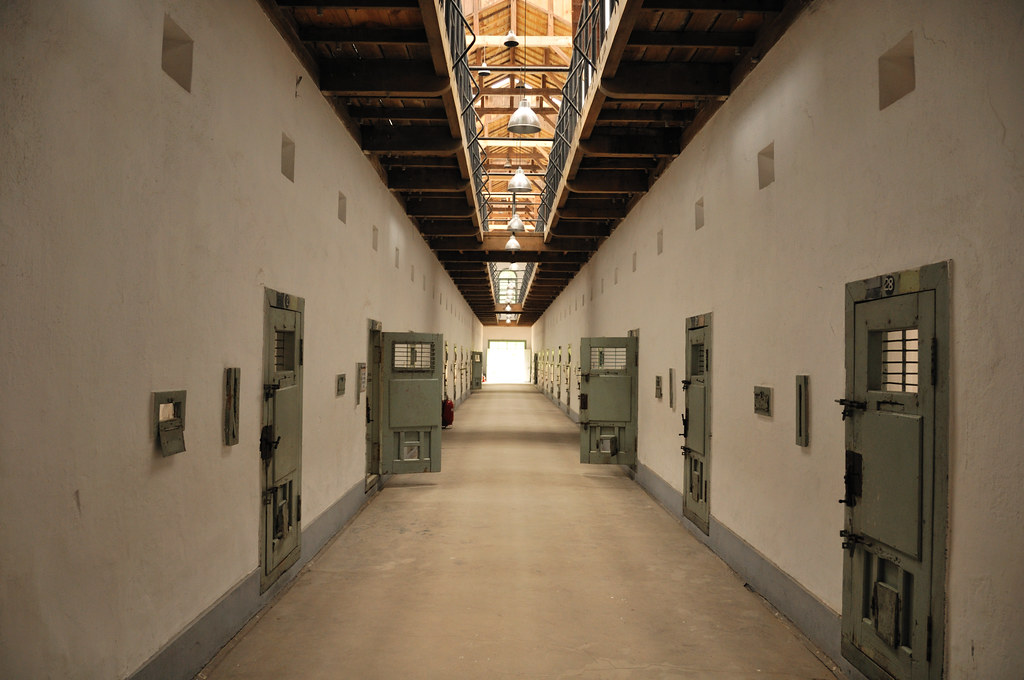By Anna Boerwinkle.
In 2017, Arizona state prisoner Walter Jordan called his daughter and told her he had severe skin cancer. In a Notice of Impending Death that he filed with the court, he claimed that he was being given insufficient healthcare and was suffering from pain and memory loss.
As treatment, a prison dermatologist burned off a large section of Jordan’s scalp, leaving him open to infection. A doctor who later analyzed Jordan’s prison medical records claimed that Jordan likely “suffered excruciating needless pain . . . that was not appropriately managed.” An oncologist who later saw Jordan’s scalp called his wound “horrific,” stating that “immediate action” was needed because the patient was being exposed to dirt, heat, and flies. By the time Jordan finally got radiation therapy, the cancer had already reached his brain. Jordan died just weeks after he called his daughter. The Arizona Department of Corrections (“ADC”) stated he died from “apparent natural causes.”
Jordan’s tragic story is, unfortunately, not an uncommon one in the state prison system. In recent years, Arizona has increasingly come under fire for its failure to provide adequate healthcare to prisoners. For most of the past decade, ADC has fought against litigation that aims to hold them accountable for the deplorable healthcare conditions in state prisons.
The Grim Landscape of Arizona Prison Healthcare
ADC currently contracts out to a third-party company named Centurion to provide medical care to its prisoners. Centurion is the third private healthcare provider that ADC has contracted with in the past ten years.
In the past—and currently—many Arizona prisoners like Walter Jordan have had to wait months or years for treatment of serious medical problems. Prisoners often wait months to be seen by a doctor after they request care for urgent medical matters, such as chronic eye pain or untreated high blood pressure. One inmate died from liver cancer after his stomach swelled to a size resembling that of a full-term pregnant woman. Another inmate died from an AIDS-related illness after requesting—but never receiving—HIV testing. A pregnant inmate experiencing painful contractions and spotting blood was told by a staff member that her problems were “all in [her] head.” The staff member denied the inmate medical care, and the inmate miscarried a couple hours later.
Third-party providers such as Centurion do not approve certain medications, which poses a problem for people who need specific medications. There is also a serious lack of qualified professional healthcare workers to treat patients. A former doctor at the state prison in Florence, Arizona said she was the only doctor for more than 5,000 inmates. The same doctor stated that her superiors often denied her referrals and begged her to work overtime.
Prisoner mental health concerns are also not being addressed sufficiently. One study found that within the past five years, annual rates of prisoner self-harm tripled to reach over 2,000 incidents in 2019. An eighteen-year-old girl, Miriam Abdullah, committed suicide in 2016 in an Arizona prison after spending much of her sentence in isolation. A mentally-ill prisoner cut himself and bled to death in front of four correctional officers, who did not attempt to administer basic first aid or call for help. Correctional officers often spray prisoners on suicide watch with pepper spray when a prisoner has a mental health crisis. Additionally, prisoners have extremely limited access to effective mental health counseling. The ACLU examined Arizona prisoner medical histories and found that hundreds of counseling sessions with prisoners lasted less than five minutes each.
A Continuing Legal Battle
In 2012, several organizations, including the ACLU of Arizona, filed a class action lawsuit—Parsons v. Ryans—on behalf of more than 30,000 Arizona state prisoners. The lawsuit alleged that the prison healthcare system had violated prisoners’ Eighth Amendment rights against cruel and unusual punishment by causing them preventable illness, injury, and death. ADC settled with the plaintiffs in 2015. The settlement required that ADC meet over 100 healthcare standards, including more effective monitoring of prisoners with chronic conditions such as diabetes and hypertension.
In 2018, the federal district court found that the ADC had not met all of the requirements of the settlement. The court consequently held ADC in civil contempt and fined them $1.4 million. Three years later in February of 2021, the court imposed another $1.1 million fine on ADC, finding that the state was still not complying with the settlement terms.
District Court Judge Roslyn Silver recently chastised the state, questioning if the time and millions of dollars spent on six years of litigation “represents a wise use of resources.” While Silver acknowledged that COVID-19 has added complications to prison healthcare, she noted that the pandemic cannot fully protect the state from failing to comply with the settlement. Currently, the state is potentially facing another fine, which experts say could reach up to $17 million. ADC has until March 26, 2021 to submit in writing their excuses for failing to reach the healthcare standards outlined in the settlement.
Moving Forward: A Long Road Ahead
ADC has much more to do in its efforts to increase the quality of healthcare in prisons. ADC’s healthcare failures have been recently highlighted during the COVID-19 outbreak, where almost a third of all state inmates have tested positive for the virus. To improve conditions for prisoners, the state should ensure that its third-party providers have objectives other than improving their bottom lines. Additionally, there needs to be more government oversight of prisoner healthcare, more recruitment of quality healthcare professionals in prisons, and more government accountability. As it stands, it seems that ADC will keep facing monetary penalties imposed on them by the courts, but only time will tell if these penalties will be enough to incentivize ADC to actually improve prison healthcare.

